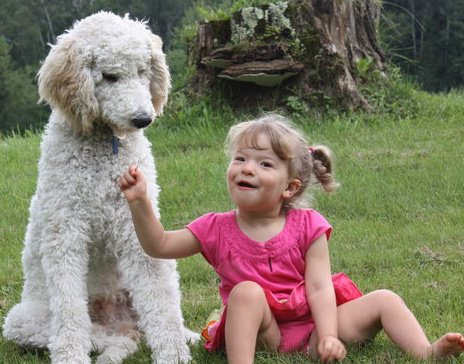A rare genetic disorder robbed 4-year-old Maya Nieder of her sight and the ability to run, as well as severely diminishing her ability to hear. For three and a half years, she endured multiple doctors visits and two major operations, yet her condition remained a mystery.
Fortunately for the Nieders, the Rare Genomics Institute (RGI) has instituted the practice of nonprofit crowdfunding on their website. Within six hours of posting Maya’s profile in December, the family had exceeded their original goal of $2500 by $1000, with 50 donors contributing a total of $3500 to help defray the cost of genetic sequencing. By July, Yale researchers had identified the gene variant in Maya’s exome (protein-coded part of the genome). And by identifying the mutation that caused no functional proteins to be created, researchers were able to give Maya’s doctors are real weapon in the fight to help her live a healthy life.
Maya’s case was one of 10 cases in RGI’s pilot program to test the efficiency of crowdfunding.
RGI is just one of many non-profits that are turning to crowdfunding to meet the rising needs of funding. Using the power of social networking and the ease of online participation, crowdfunding is transforming the nature of fundraising, bypassing the middle man and enabling ordinary people to participate financially in causes that are important to them.
Just as crowdsourcing allowed individuals to participate in everything from folding proteins to searching for signs of extraterrestrial intelligence, crowdfunding can help anyone become a philanthropist.
The story of little Maya Neider touched people’s hearts, and opened their pocketbooks. The immediacy of the internet–images, videos, social media integration–combined with the ease and security of donations make online crowdfunding a potent resource for non-profits hoping to reach non-traditional donors.
It worked for Maya. Can it work for your nonprofit as well?





